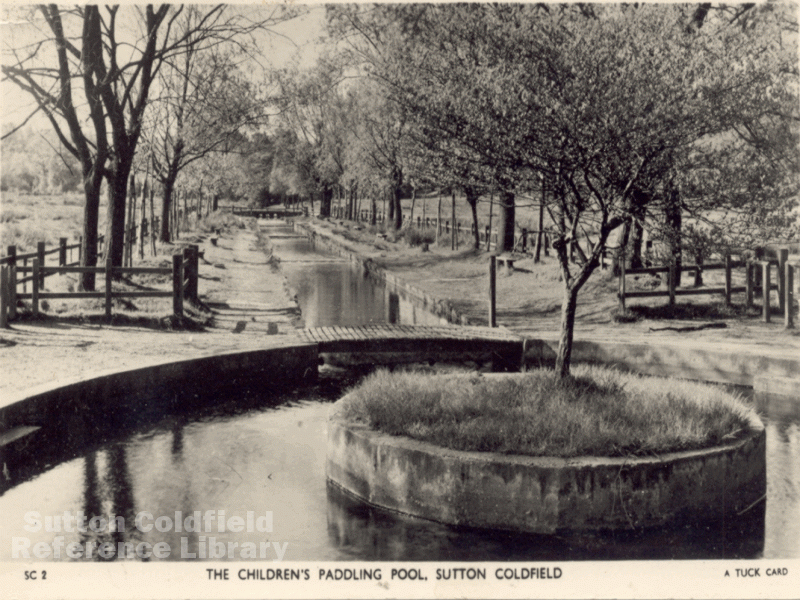Many parts of Sutton Park have a natural landscape untouched by the shaping hand of man, but in other parts the results of exploitation of the Park by our ancestors is plain to see. Mike Hodder, in his new book The Archaeology of Sutton Park, notes that drainage has been an issue for over 900 years - “Most of the streams in the Park have been artificially straightened”, he writes, and “We need to picture the Park, before the first known management of the watercourses in the medieval period, without its pools and drainage ditches: a landscape of streams, probably with multiple winding channels, flowing in marshy valleys”.
The E Brook rises in the marshy ground north of Little Bracebridge Pool, an area crossed by old drainage ditches, some of which may date from 1825 when the Warden and Society spent £3,000 on a drainage scheme for the marshy areas of the Park. At an 1855 Enquiry the Warden and Society’s surveyor, Charles Cooper, said that he had been doing some drainage works in the Park, but “I consider the Park is already well drained for a large open tract of land”.
The tiny E Brook flows out of its ditch into Little Bracebridge Pool, which is really part of Bracebridge Pool proper. Bracebridge Pool is supposed to date from the early fifteenth century when Sir Ralph Bracebridge had the lease of the Manor House and Park from the Earl of Warwick. He made the dam so that fish would flourish in the resultant pool - Sir Ralph’s annual rent was £10 or 120 bream in addition to military service to the Earl in the Hundred Years War.
Below Bracebridge Pool the E Brook’s course was affected by the construction of a fulling mill in 1590 and by the railway line in 1879. After passing beneath the railway bridge the stream is nearly in its natural state, with winding channels in its marshy valley, but even here there is the probability that the creation of Blackroot Pool caused water levels to rise.
The brook oozes into Blackroot Pool, made in 1759, and flows out over an artificial cascade. From here the needs of the Blade Mill (now Park House) necessitated complicated water management from 1590 onwards involving channelling the E Brook along the side of the valley and creating a large pool in what is now a meadow. The Blade Mill was closed and converted into a private house by 1850 and the area was landscaped. The early twentieth century paddling stream and the little round pond were popular features for many years.
Below Park House there were fields not added to the Park until 1825, and the brook had been straightened and deepened to form the boundary between the fields.
